If you’re a Jeep Cherokee owner, you may have encountered issues with your vehicle’s fuel system. One of the most common problems that Jeep Cherokee owners face is when their vehicle is not getting fuel. This issue can be frustrating, and it can also cause damage to your vehicle if not addressed promptly.
In this post, we will discuss the possible causes of Jeep Cherokee not getting fuel, steps to diagnose the issue, how to fix the problem, and preventive measures to avoid recurrence.
Possible Causes of Jeep Cherokee Not Getting Fuel
Fuel Pump Failure
The fuel pump is responsible for delivering fuel to the engine. When the fuel pump fails, your Jeep Cherokee may not start or stall while driving. Symptoms of fuel pump failure include a whining sound coming from the fuel tank, difficulty starting the engine, and loss of power while driving.
To diagnose the problem, use a fuel pressure gauge to check the fuel pressure. If the pressure is low, it’s likely that the fuel pump is failing. Replacing the fuel pump is the only solution to this problem.
Fuel Filter Clogging
The fuel filter prevents debris and contaminants from entering the engine. Over time, the fuel filter can become clogged, reducing the flow of fuel to the engine. Symptoms of fuel filter clogging include difficulty starting the engine, loss of power while driving, and the engine misfiring.
To diagnose the problem, inspect the fuel filter and lines for blockages. If the fuel filter is clogged, replace it with a new one.
Fuel Pressure Regulator Malfunction
The fuel pressure regulator is responsible for maintaining the correct fuel pressure in the fuel system. When it fails, it can cause the fuel pressure to drop, resulting in the engine not getting enough fuel.
Symptoms of a fuel pressure regulator malfunction include difficulty starting the engine, loss of power while driving, and the engine misfiring. Inspect the fuel pressure regulator for leaks or malfunctions to diagnose the problem. If it’s malfunctioning, it needs to be replaced.
Clogged Fuel Injectors
Fuel injectors are responsible for delivering fuel to the engine. Over time, they can become clogged with debris, reducing fuel flow to the engine. Symptoms of clogged fuel injectors include difficulty starting the engine, loss of power while driving, and the engine misfiring.
To diagnose the problem, inspect the fuel injectors for clogging. If they are clogged, clean them using a fuel injector cleaner.
How to Fix the Issues
Depending on the cause of the problem, fixing may involve replacing parts or cleaning them. Here are the detailed steps for fixing the issue:
Replacing the Fuel Pump, Fuel Filter, and Fuel Pressure Regulator
Disconnect the negative battery cable.
Relieve the fuel system pressure.
Disconnect the fuel lines and wiring connectors from the fuel pump.
Remove the fuel pump from the fuel tank.
Install the new fuel pump in the fuel tank.
Replace the fuel filter and fuel pressure regulator.
Cleaning Fuel Injectors
· Purchase a fuel injector cleaner.
· Remove the fuel injectors from the engine.
· Clean the fuel injectors using the cleaner.
· Reinstall the fuel injectors.
Steps to Diagnose the Issue
There are a few steps you can take to diagnose the jeep fuel delivery issue. Let’s take a closer look at the different steps you can take to troubleshoot the problem.
Checking for Fuel Pressure Using a Fuel Pressure Gauge
The first step in diagnosing a fuel delivery problem is to check for fuel pressure. This can be done using a fuel pressure gauge. You’ll need to locate the fuel rail on your Jeep Cherokee and locate the Schrader valve on the rail. This is where you’ll connect the fuel pressure gauge.
Turn the key to the “On” position and the fuel pressure gauge should display the fuel pressure. If the pressure is lower than it should be, this could be a sign of a fuel pump or fuel pressure regulator issue.
Checking the Fuel Pump Fuse and fuel pump Relay
If the fuel pressure appears low, the next step is to check the fuel pump fuse and relay. These components are responsible for providing power to the fuel pump. If the fuse or relay is faulty, the fuel pump may not be receiving power. You can use a multimeter to test the fuse and relay to ensure they are functioning correctly.
Inspecting the Fuel Filter and Lines for Blockages
Another common cause of fuel delivery issues is a blocked fuel filter or fuel line. Over time, the fuel filter can become clogged with debris, causing a restriction in fuel flow. The fuel lines can also become blocked or kinked, preventing fuel from reaching the engine. Inspect the fuel filter and lines for any signs of blockages or damage.
Inspecting the Fuel Pressure Regulator for Leaks or Malfunction
The fuel pressure regulator is responsible for regulating the fuel pressure in the fuel system. If the regulator is malfunctioning or leaking, this can lead to low fuel pressure and poor engine performance. Inspect the fuel pressure regulator for any signs of leaks or damage.
Inspecting the Fuel Injectors for Clogging
Finally, you’ll want to inspect the fuel injectors for any signs of clogging. Over time, the injectors can become clogged with debris or sediment, causing a restriction in fuel flow. If the injectors are clogged, they may need to be cleaned or replaced to restore proper fuel flow to the engine.
Get your jeep back on the road after identifying the issues as above.
How to Fix the Issue
Once the root cause of the problem has been diagnosed, it’s time to fix the issue. Depending on the cause, fixing the problem may involve replacing parts or cleaning them.
Replacing the Fuel Pump
If the fuel pump is determined to be the problem, then it must be replaced. Here are the steps to follow:
Step 1: Remove the fuel pump fuse and fuel pump relay
Step 2: Disconnect the fuel lines from the pump assembly
Step 3: Remove the old pump
Step 4: Install the new pump
Step 5: Reconnect the fuel lines
Step 6: Reinstall the fuel pump fuse and fuel relay
Replacing the Fuel Filter
If the fuel filter is clogged, it needs to be replaced. Here are the steps to follow:
Step 1: Locate the fuel filter
Step 2: Remove the fuel filter
Step 3: Install the new fuel filter
Replacing the Fuel Pressure Regulator
If the fuel pressure regulator is malfunctioning, it must be replaced. Here are the steps to follow:
Step 1: Locate the fuel pressure regulator
Step 2: Disconnect the fuel lines from the regulator
Step 3: Remove the old regulator
Step 4: Install the new regulator
Step 5: Reconnect the fuel lines
Cleaning the Fuel Injectors
If the fuel injectors are clogged, they can be cleaned rather than replaced. Here are the steps to follow:
Step 1: Remove the fuel injectors
Step 2: Soak them in a fuel injector cleaner solution
Step 3: Use a wire brush to remove any debris
Step 4: Reinstall the cleaned injectors
Preventive Measures to Avoid Jeep Cherokee not getting fuel
To avoid future issues with your Jeep Cherokee not getting fuel, here are some preventive measures you can take:
1. Regular Maintenance of the Fuel System
Ensure that your vehicle’s fuel system is serviced regularly. This includes having the fuel filter replaced, cleaning the fuel injectors, and checking the fuel lines for any signs of wear or damage.
2. Using High-Quality Fuel and Additives
Using high-quality fuel and fuel additives can help prevent clogging and corrosion in the fuel system. The better the fuel quality, the better it is for your vehicle’s engine.
3. Avoiding Letting the Fuel Level Go Too Low
It’s essential to avoid letting your fuel level go too low. Doing so can cause damage to the fuel pump and lead to further issues with the fuel system.
Conclusion
In conclusion, if you’re experiencing issues with your Jeep Cherokee not getting fuel, it’s essential to address the problem promptly to avoid further damage. In this article, we’ve discussed the possible causes of the issue, steps to diagnose it, how to fix it, and preventive measures to avoid the recurrence of the problem.
By following these guidelines and ensuring that your vehicle’s fuel system is well-maintained, you can help prevent any future issues with your Jeep Cherokee not getting fuel.

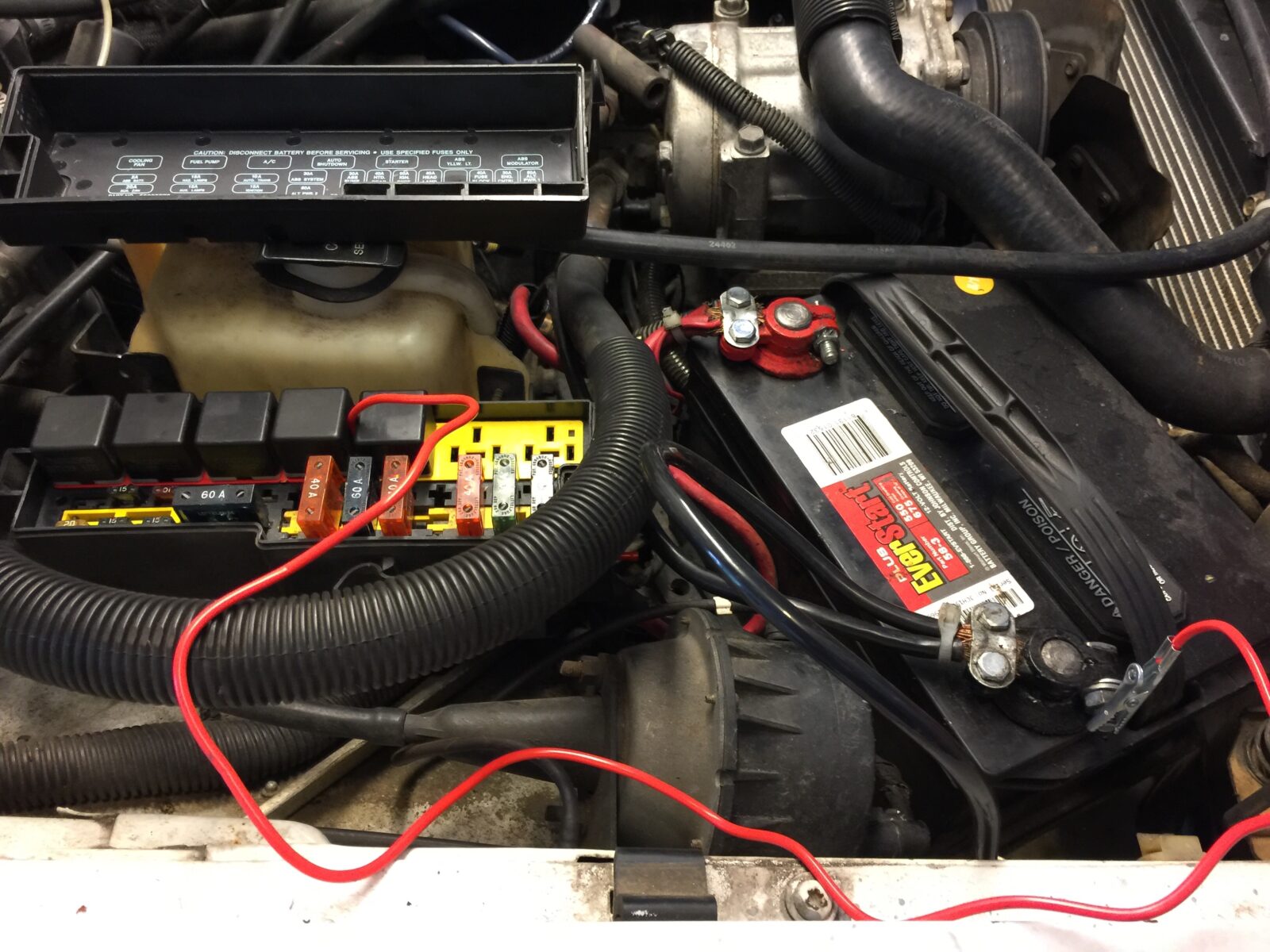
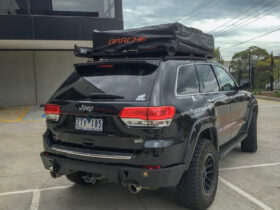
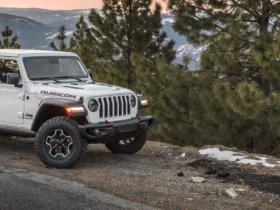
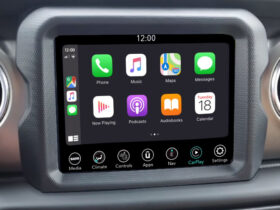
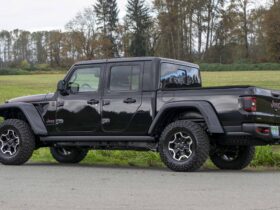
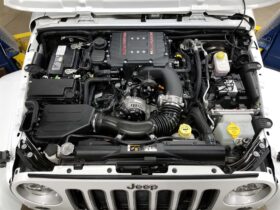
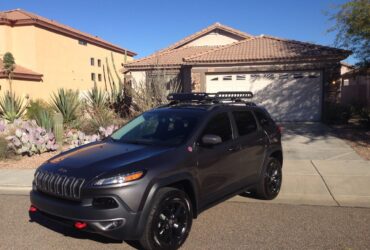
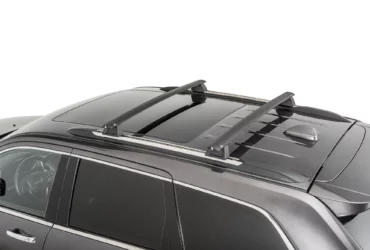
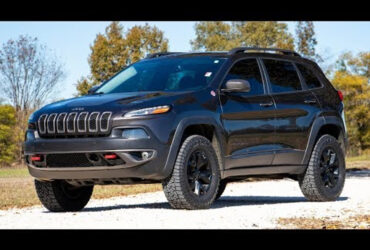

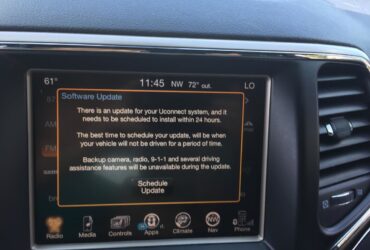
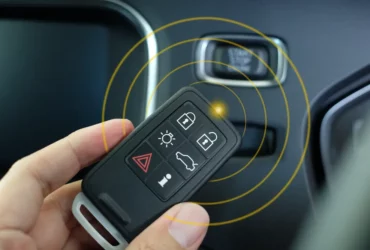
Leave a Reply